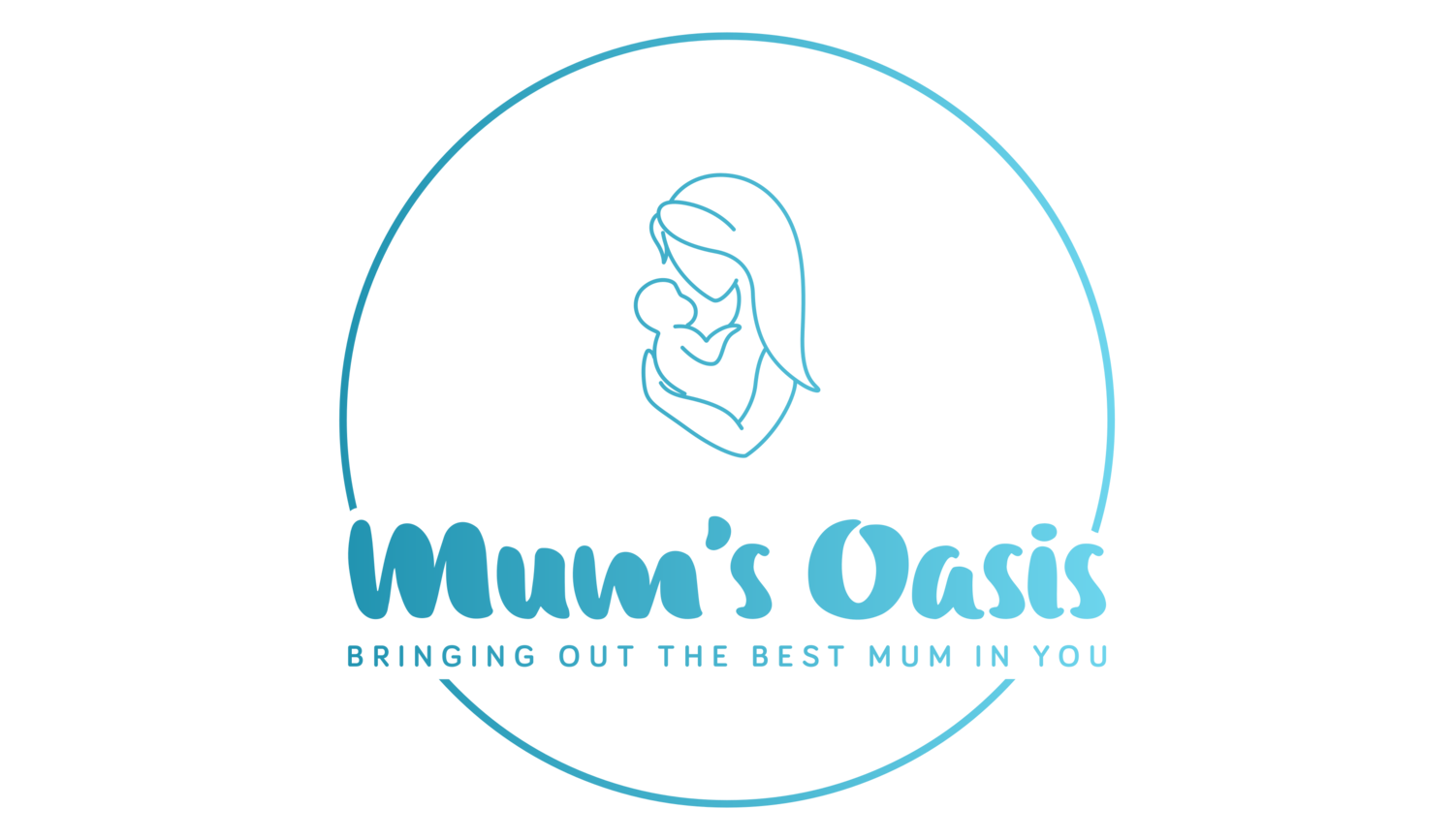The Journey of Postpartum Physical Recovery: A Holistic Guide
Pregnancy, childbirth, and breastfeeding are monumental milestones in a mother’s life, each one uniquely transformative. While they bring joy and fulfillment, they also demand a tremendous toll on the body, reshaping it in ways that can persist for months and even years postpartum. Understanding these changes and supporting recovery holistically is essential for new mothers.
This guide explores the physical changes that occur postpartum and provides actionable insights to aid recovery, ensuring the process is both nurturing and empowering.
The Transformative Nature of Pregnancy and Birth
During pregnancy and childbirth, your body undergoes profound changes. These aren’t limited to just the visible shifts in your belly or the act of giving birth; they extend to your gut, nervous system, brain, and emotional well-being.
Postpartum, your body doesn’t just "bounce back" to its pre-pregnancy state. Instead, it evolves into a new phase, adjusting to:
Digestion: Your body processes food differently in the immediate postpartum period.
Nervous System Response: How you sense and respond to stress might shift.
Emotional Regulation: Hormonal changes affect how you process and express emotions.
Healing: Physical recovery operates under new parameters.
These interconnected systems function as a cohesive unit, not isolated parts. This means that physical recovery, emotional well-being, breastfeeding, and bonding with your baby are deeply intertwined. Addressing recovery holistically is critical for overall well-being.
Physical Changes to Expect After Birth
While every postpartum experience is unique, most mothers encounter a set of common physical changes, including:
Postpartum Bleeding (Lochia): This is your body’s way of shedding the uterine lining and healing after childbirth. It can last for several weeks.
Hormonal Shifts: Hormone levels, especially estrogen and progesterone, drop significantly after birth, which can lead to mood swings, night sweats, and changes in skin and hair.
Pelvic Floor Weakness: Vaginal delivery often stretches and weakens the pelvic floor muscles. This can lead to urinary incontinence, a feeling of heaviness, or pain during intimacy.
Abdominal Separation (Diastasis Recti): The abdominal muscles may separate during pregnancy to accommodate the growing baby. Postpartum, this gap can linger, impacting core strength and posture.
Breast Changes: Whether or not you choose to breastfeed, your breasts will experience engorgement, tenderness, and size fluctuations.
Fatigue and Sleep Deprivation: The physical demands of caring for a newborn combined with disrupted sleep can lead to exhaustion.
Understanding these changes is the first step to reclaiming your body. It’s important to approach recovery with patience and compassion.
Holistic Postpartum Recovery: Nourishing the Body and Mind
Recovering from birth isn’t just about healing physical wounds. It’s about rebuilding strength, restoring balance, and fostering emotional well-being. Here’s how you can holistically support your recovery:
1. Rest and Gentle Movement
Horizontal Rest: Prioritise lying down as much as possible in the early days. This reduces strain on the pelvic floor and promotes healing.
Breathwork and Gentle Exercises: Diaphragmatic breathing and pelvic floor exercises can help re-establish core strength and improve circulation.
2. Nourishing Nutrition
Focus on warm, nutrient-dense meals rich in protein, iron, and healthy fats to support tissue repair.
Stay hydrated to facilitate milk production and overall recovery.
Include foods like bone broth, leafy greens, and whole grains for added nourishment.
3. Pelvic Floor Support
Seek guidance from a pelvic floor physical therapist if you experience discomfort or symptoms of pelvic floor dysfunction.
Incorporate targeted exercises to rebuild strength gradually.
4. Emotional Well-being
Accept help from your support network to alleviate stress.
Practice mindfulness or journaling to process your emotions.
Don’t hesitate to reach out to a therapist or counselor if you feel overwhelmed.
5. Bonding with Your Baby
Engage in skin-to-skin contact to release oxytocin, which promotes healing and emotional connection.
Use this time to tune into your baby’s cues and build a deep, nurturing bond.
Common Postpartum Challenges and How to Navigate Them
Postpartum Pain:
Pain from stitches, sore nipples, or general recovery can be managed with ice packs, warm baths, or over-the-counter pain relievers (consult your healthcare provider).
Overwhelming Fatigue:
Sleep when your baby sleeps, and don’t hesitate to ask for help with household chores.
Mental Health Struggles:
The postpartum period can bring on mood disorders like the "baby blues" or postpartum depression. If feelings of sadness or anxiety persist, seek professional support.
When to Seek Medical Attention
While many postpartum changes are normal, certain symptoms require prompt medical attention:
Heavy bleeding or large blood clots.
Severe pain or swelling in the legs (possible signs of a blood clot).
Fever or chills (indicating an infection).
Difficulty breathing or chest pain.
Persistent sadness or thoughts of self-harm.
Your health is just as important as your baby’s. Trust your instincts and prioritise seeking help if something doesn’t feel right.
Celebrating Postpartum Recovery
Postpartum recovery is a journey, not a destination. Each small step you take toward healing is a victory worth celebrating. Honor your body for the incredible feat it has accomplished and approach your recovery with grace and kindness.
Remember, you are not alone. Lean on your community, healthcare providers, and resources to guide you through this transformative time. Your postpartum journey is as unique as you are, and with the right support, it can be a period of profound growth, healing, and joy.
Do you want to learn more about what happens after birth and how you can support your physical recovery, mental wellbeing, breastfeeding and bonding with your baby? My Postpartum Online Course might just be the right choice for you.


